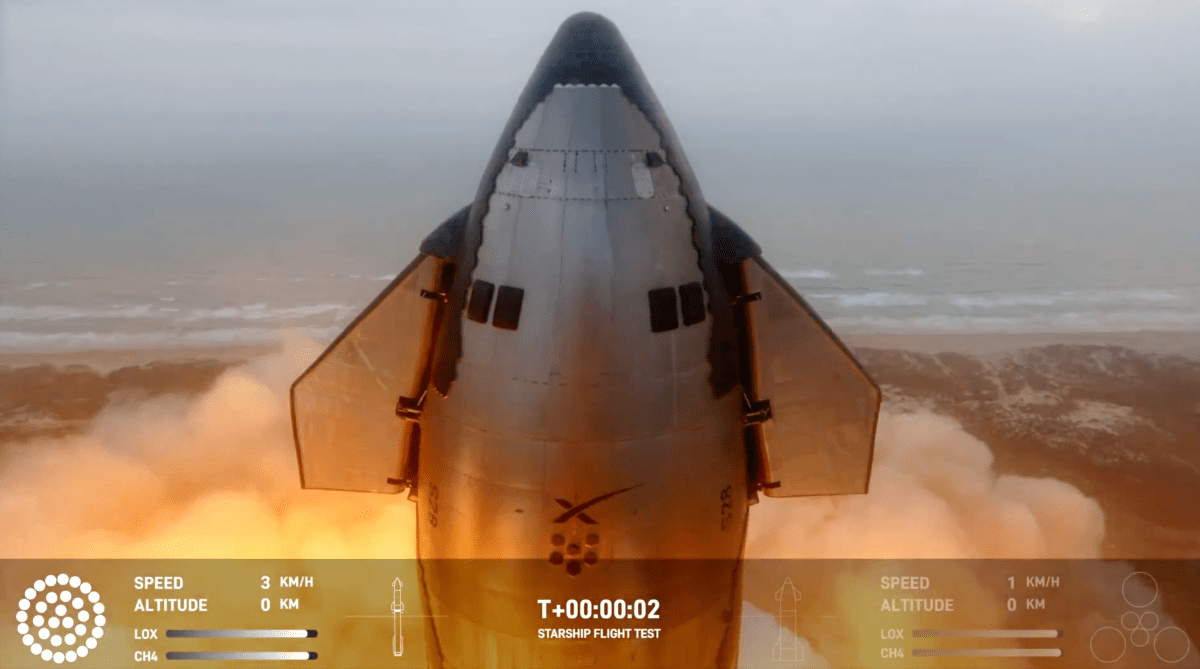SpaceX is making exciting strides in the development of their massive Starship rocket, with the most recent test flight on Thursday achieving even more than the two before it. The 400-foot-tall rocket launched from their Starbase facility in Texas at 8:25 a.m., marking only the third orbital mission for the company.
After takeoff, Starship followed a normal ascent, with all 33 Raptor engines on the Super Heavy booster functioning as intended. A critical moment came 2 minutes and 45 seconds into the mission when the two stages separated, using a novel “hot staging” technique. This technique, where the upper stage (also known as Starship) fires its engines to push away from the booster, was successfully performed for the first time during SpaceX’s second Starship test flight last November.
From there, the upper stage continued its journey to orbit, with SpaceX CEO Elon Musk congratulating the team on Twitter by saying, “Starship reached orbital velocity!” This is a huge milestone for the company in their pursuit to make space travel more accessible.
“The company nailed another new milestone after opening Starship’s payload door for the first time. This capability is crucial for SpaceX’s plans to rapidly deploy next-generation Starlink satellites.”
SpaceX also completed a propellant transfer demonstration, but no further details were shared about the test. This process is essential for the company’s plans to bring humans back to the moon as part of their partnership with NASA. In fact, they have already settled on a mission architecture that could involve over a dozen Starship refueling trips.
Additionally, the ability to refuel the rocket will be crucial for future missions to Mars. With this in mind, Starship continued its coasting phase for around 30 minutes before the live stream announced that they would not be attempting to relight the engines for the remainder of the test. While no reason was given for this decision, ultimately the powerful forces of gravity pulled the Starship back towards Earth.
Unfortunately, despite the team’s efforts, communication with Starship was not reestablished, prompting SpaceX representative Dan Huot to announce the loss of the ship. “No splashdown today, but it’s incredible to see how much further we got this time around,” said Huot.








